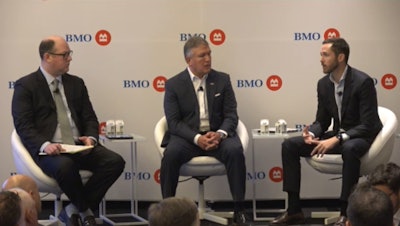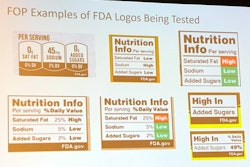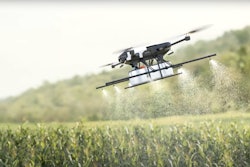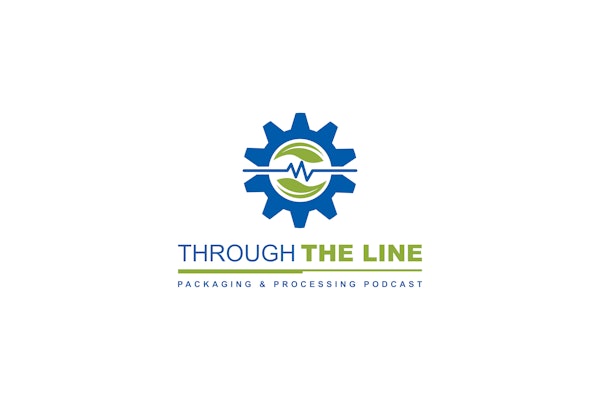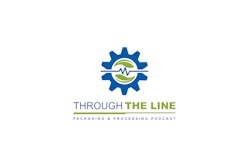The past year has been a period of significant transformation for Tyson Foods. As the protein giant navigates the complexities of the market, it has undertaken a series of strategic actions, including the closing of several plants.
“What a difference a year makes,” comments Donnie King, president and CEO of Tyson Foods, referencing the changes the company has made to optimize its network, including the closure of six poultry plants, two case-ready beef plants, and one inefficient pork plant. “We’re seeing tailwinds from chicken offset headwinds in beef.”
Speaking at the BMO Global Farm to Market Conference this week, King dove into the complexities of the market and the steps Tyson has taken to improve performance across its various segments.
King notes that Tyson made a $325 million improvement in its chicken business last quarter, driven by operational execution and strategic actions. “Two-thirds of that improvement came from operational execution and network optimization,” he says, also pointing to the company’s shift from a “no antibiotics ever” policy to a “no antibiotics in human medicine” protocol, resulting in better livability and uniformity of the chickens.
The beef segment continues to present significant challenges for Tyson. The progression of the cattle cycle continues to be a critical factor, and heifer retention remains an issue. Producers have cut herd levels because of high feed costs and drought, increasing the price of cattle for Tyson. Improved pasture conditions and moderated grain costs are positive indicators, but high interest rates and the timing of heifer retention remain uncertainties.
“What I can tell you about our beef business is we continue to value up into things like marinated meats, and then push those products into our prepared foods,” King says.
Prepared foods have been a focal point for Tyson, boasting three of the top 10 protein brands in the market. Despite some consumer shifts from branded to private label products, Tyson's diverse assortment across various price points has allowed it to meet consumer needs effectively.
“When we think about the long-term story here at Tyson, what we’re talking about is our prepared foods business and parts of our chicken business where we’re evolving to a more stable, higher-margin value-added part of the portfolio,” says CFO John R. Tyson. “I’m hopeful that as we go through the next few years, we start to see the power of the investments we’ve made in our brands and some of our value-added capabilities really come to bear.”
The pork segment has also seen improvements, primarily through efforts to drive out inefficiency and waste. King emphasized, “Our pork business is performing better than it has in a long, long time at Tyson,” King says. “We have plenty of hogs around us, and demand for pork is very strong.”
Internationally, Tyson is starting to see scale in its business, with sales reaching $2.5 billion at the end of fiscal 2023. The company has invested in seven assets over the past few years, driving significant capital allocation. “We are in a better place overall than we were a year ago or two years ago,” King says.
Tyson’s investments in international markets and value-added products are expected to yield long-term benefits. The company has built new plants in Asia and invested in value-added chicken facilities in the U.S. These investments are part of a broader strategy to diversify its portfolio and tap into high-growth markets. “We feel good about the investments that we've made,” Tyson remarks, highlighting the company's commitment to sustainable growth.
Issues such as hatchability, livability, and disease in the chicken segment have required Tyson to make several adjustments. “We had to go back and do some really basic things in our live production operations,” King concedes.
“We see today the industry trying to supply more birds, but there’s been a little bit of bumping our heads against the ceiling because of some of the hatch and livability issues,” Tyson adds, noting, however, that the industry appears to be optimistic about grain prices. “So I think, all in all, we’re feeling optimistic about the chicken business.”
However, these efforts have paid off, with the company now seeing better performance metrics. “We are fundamentally a much better chicken company,” King says.
The beef segment continues to be influenced by the cattle cycle, but Tyson is focused on executing well and removing waste from its operations. “Is it going to offset some of the volatility in beef, in the cattle cycle?” King asks. “Probably not completely, but we are not missing this opportunity to get to be a better beef company and a better company overall.”
